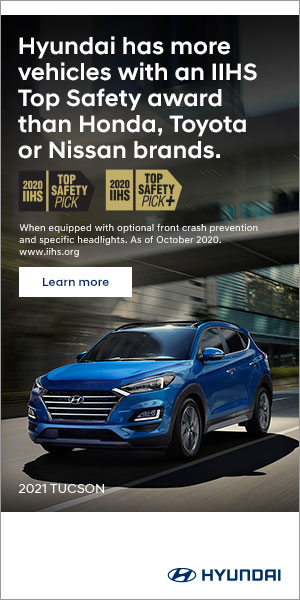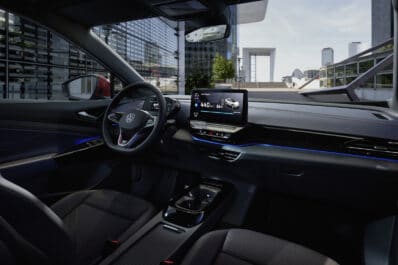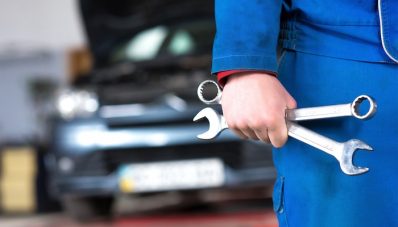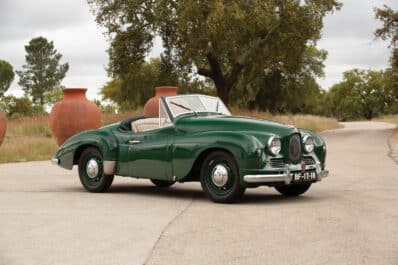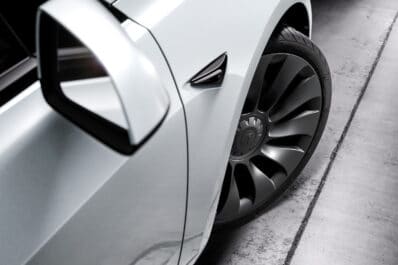This year could mark the “tipping point” when battery-electric vehicles finally begin to become a mainstream part of the automotive market, at least according to a new report by Bank of America Securities — yet recent studies still find the majority of motorists hesitant to buy a BEV, with limited range being one of the biggest concerns for potential buyers.
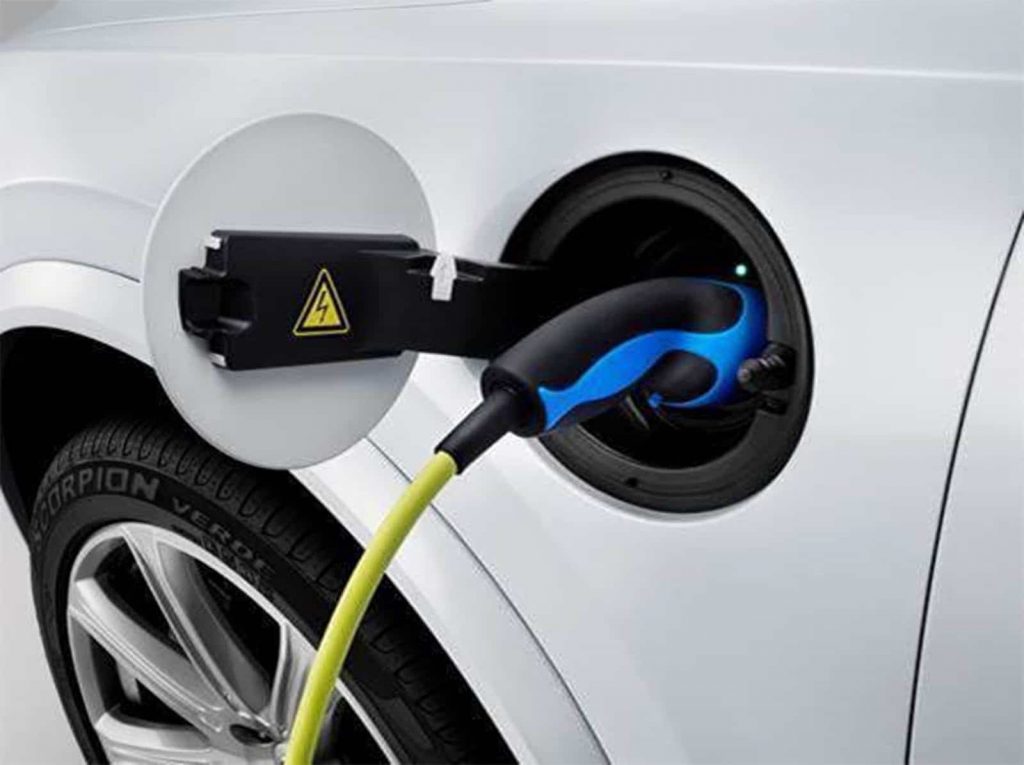
Today’s all-electric vehicles certainly deliver more miles per charge than those of just five years ago. Many now yield EPA-estimated numbers topping 300 miles. And a version of the new Lucid Air breaks the 500-mile mark. But most still fall well short of those numbers, even as surveys suggest potential customers want more than 400 miles per charge before investing in a BEV.
They may soon get what they want, at least based on a series of new automotive concept vehicles, as well as lab projects and reports flowing out from battery research labs on a seemingly daily basis. The new Mercedes-Benz Vision EQXX concept is rated at 625 miles range. A prototype pack from battery startup ONE was claimed to deliver more than 700 miles on a charge. And researchers at the University of Michigan claim they’ve developed a new battery technology that could yield a fivefold increase in the range of today’s lithium-ion cells, while also slashing production costs.
Range could triple
“By the second half of the decade we will definitely see some of these come to market and give us big improvements” in range, said Sam Abuelsamid, the principal automotive analyst with Guidehouse Insights.
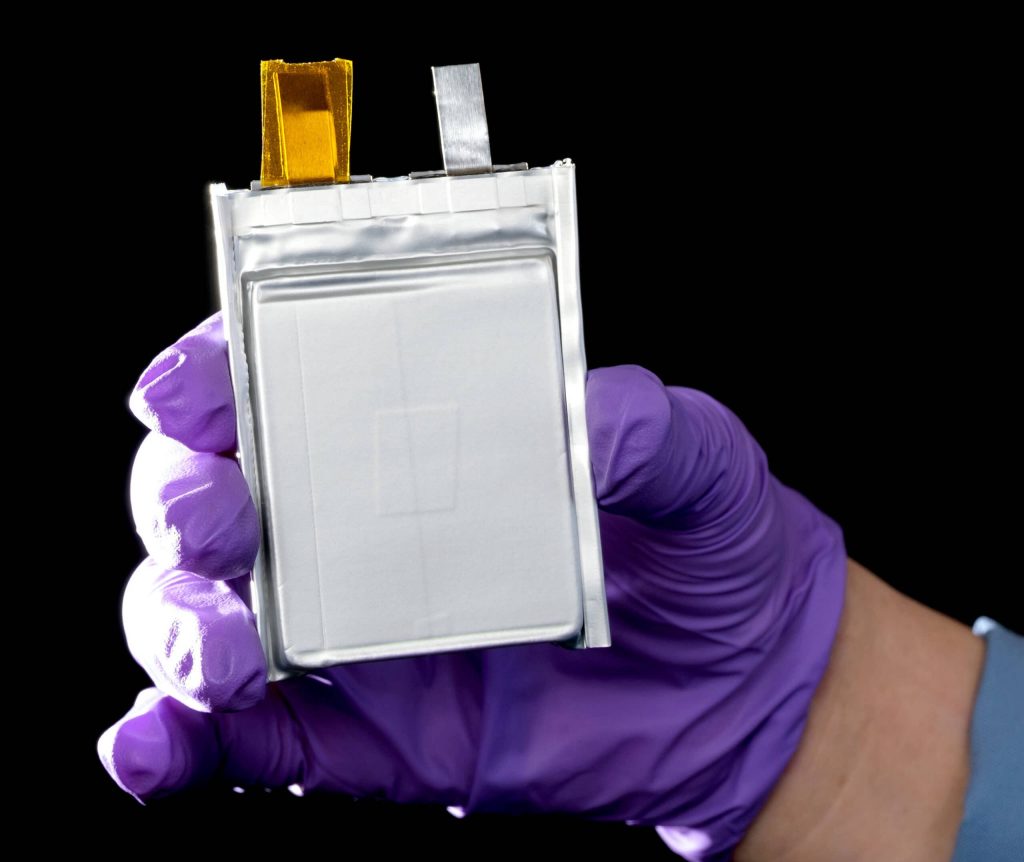
That could mean “2.5 to three times more range based on the same size battery” and at least double when comparing weight, said Abuelsamid. Upcoming batteries also should be lighter, smaller and potentially much less expensive, he added.
There appear to be three distinct approaches that automotive and battery engineers are taking to reach those goals:
- Redesigning the battery pack;
- Improving the chemistry of today’s lithium-ion batteries; and
- Coming up with alternative chemistries, such as solid-state or aluminum-air batteries.
Mercedes offers up its Vision
The Mercedes EQXX concept focused primarily on the first approach, redesigning the pack so that it holds more than twice the power in a smaller space than in production models like the Mercedes-Benz EQS sedan.
Today, individual lithium-ion cells are stuffed into modules that are, in turn, crammed together inside a larger pack, along with climate and electronic control systems. This Lego-block approach is meant to allow easy replacement if individual cells fail by pulling out one module at a time. But with the latest battery cells showing the ability to last 100,000 to 200,000 miles or more, failure is becoming much less of a concern.
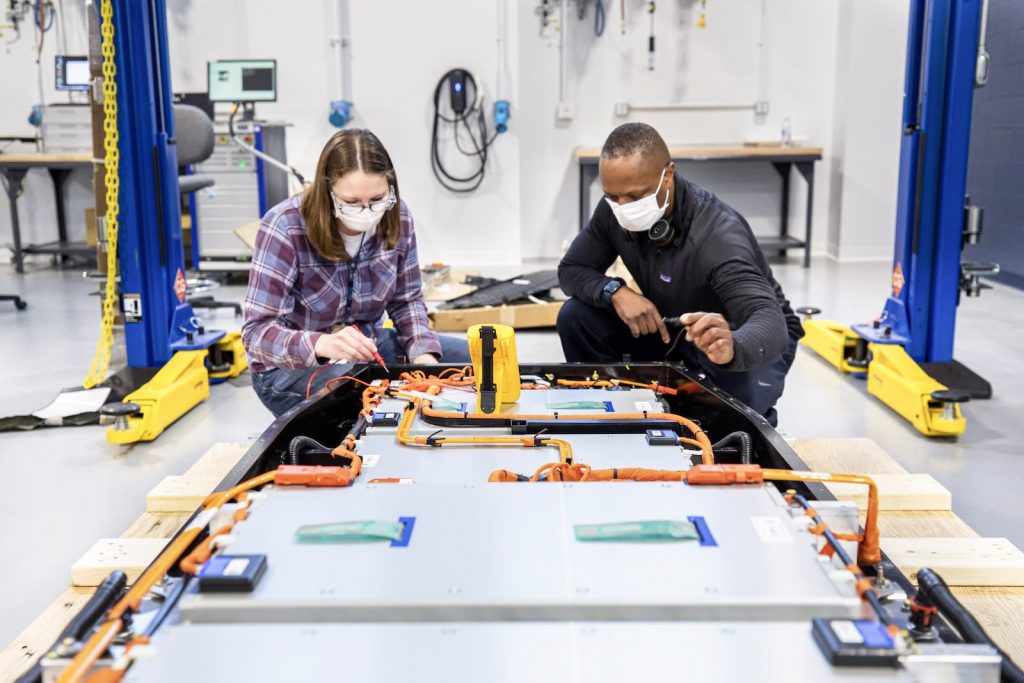
Today, only about a third of the actual battery pack is made up of cells. By eliminating individual, removable modules that can jump to 80% or more, according to experts like Abuelsamid. That means either a lot more range or a much smaller, lighter, less expensive pack.
The real breakthroughs are coming
But this “cell-to-pack” approach is not a real “breakthrough,” he says. To yield really significant improvements requires a focus on chemistry. And there are a variety of different approaches being taken here, starting with today’s gold standard lithium-ion batteries.
In today’s batteries, the negative side, or anode, is normally made out of graphite permeated with other chemicals, like lithium. Some of the most promising research would replace the graphite with silicon which can absorb far more lithium. And that means more stored power, or “energy density.” The approach has its challenges. Silicon anodes have a tendency to swell and fracture, limiting applications in the automotive environment — for now.
A variety of other approaches are being taken to upgrade lithium-ion cells. But the next big push is to find entirely new chemistries. At the University of Michigan, meanwhile, researchers claim to have updated a related technology, known as the lithium-sulfur battery. This chemistry is known to store significantly more power, but it simply hasn’t been able to work well outside the lab — or inside, for that matter. The big problem is its limited number of charge/discharge cycles.
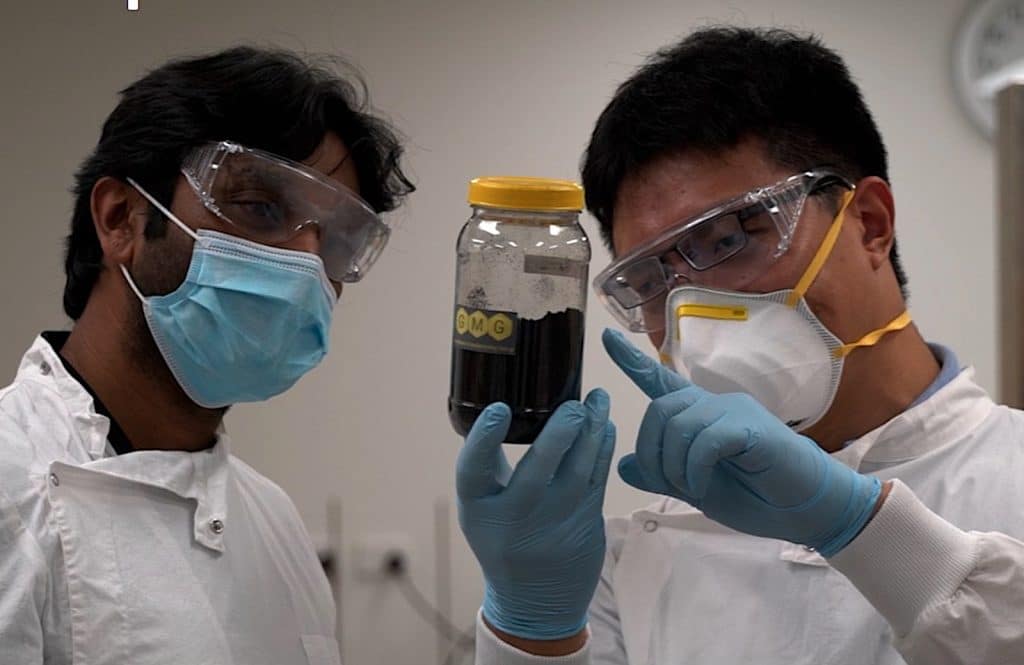
This stuff is bulletproof
The researchers in Ann Arbor, Michigan have come up with a novel solution, using aramid nanofibers that can be recycled from Kevlar — the stuff of bulletproof vests.
“Our integrated system approach enabled us to address the overarching challenges of lithium-sulfur batteries.” Professor Nicholas Kotov told trade publication Michigan Technology News this week.
If the research pans out, lithium-sulfur batteries could yield a five-fold increase in range — think 1,000-mile charge cycles — though it’s far from clear the effort will pan out. There have been plenty of other promising alternatives throughout the years, such as sodium-sulfur, And plenty of others are in development, including the aluminum-ion batteries being worked on by Graphene Manufacturing Group. The Australian-based company claims the technology not only would yield greater range, at a lower cost, but charge 60 times faster than today’s lithium-ion cells. Imagine charging up quicker than filling a gas tank.
For now, the most likely breakthrough is the solid-state battery. It is similar in basic chemistry to today’s lithium-ion technology, but the chemical slush inside is replaced with a foam or ceramic-like solid. The benefits are multiple: perhaps twice the range, longer life, reduced fire risk, faster charging and lower costs. Nissan recently estimated a kilowatt-hour will drop to $75 or less, about half of what the automaker currently pays for lithium-ion batteries. Some forecasts anticipate a drop to $50 per kWh. For a vehicle with a 400-mile range, that could mean savings of over $10,000 versus today.
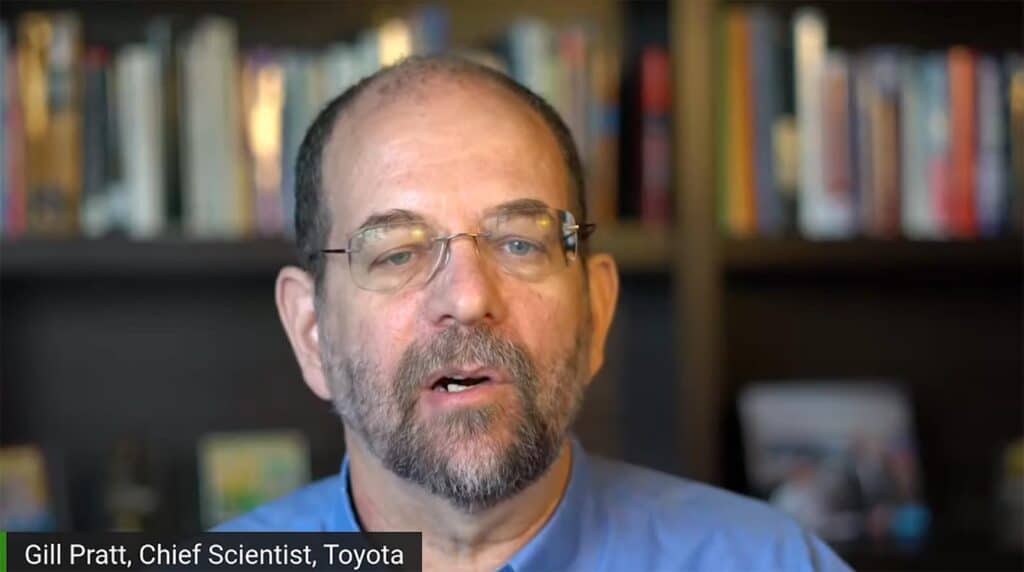
Taking it to the streets
Until now, solid-state batteries have been limited to laboratory applications but a number of automakers are testing scaled-up cells on the road this coming year. Toyota’s chief scientist, Gill Pratt, this month said the company expects to “commercialize” solid-state in an unnamed hybrid before the middle of the decade. Nissan, meanwhile, said it will launch a “pilot” solid-state plant in 2024, with a high-volume operation to debut four years later.
The potential arrival of new battery technology could be both a blessing and a curse for the auto industry. Those manufacturers who can boost mileage, speed charging and cut costs would have a potentially huge competitive advantage.
No time to wait
But carmakers can’t sit on the sidelines and wait. They and battery component producers like South Korea’s LG Chem have to start rolling out vehicles using today’s chemistry now. And a new battery plant is a multi-billion-dollar investment.
Ford, for one, last autumn committed to setting up three battery plants in Kentucky and Tennessee capable of providing enough lithium-ion cells for 1 million BEVs. But, with partner SK Innovation, Ford is also designing the plants to be able to convert to solid-state technology, if and when it does prove viable.
Automakers know the era of the EV is approaching fast. They also know it will take a better battery to win over the majority of motorists. There are plenty of promising breakthroughs in the lab. We could learn which will prove viable on the road during the next three to five years.

